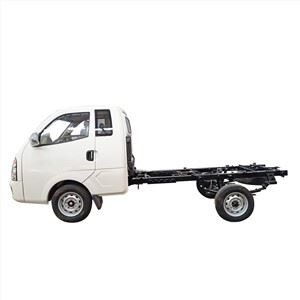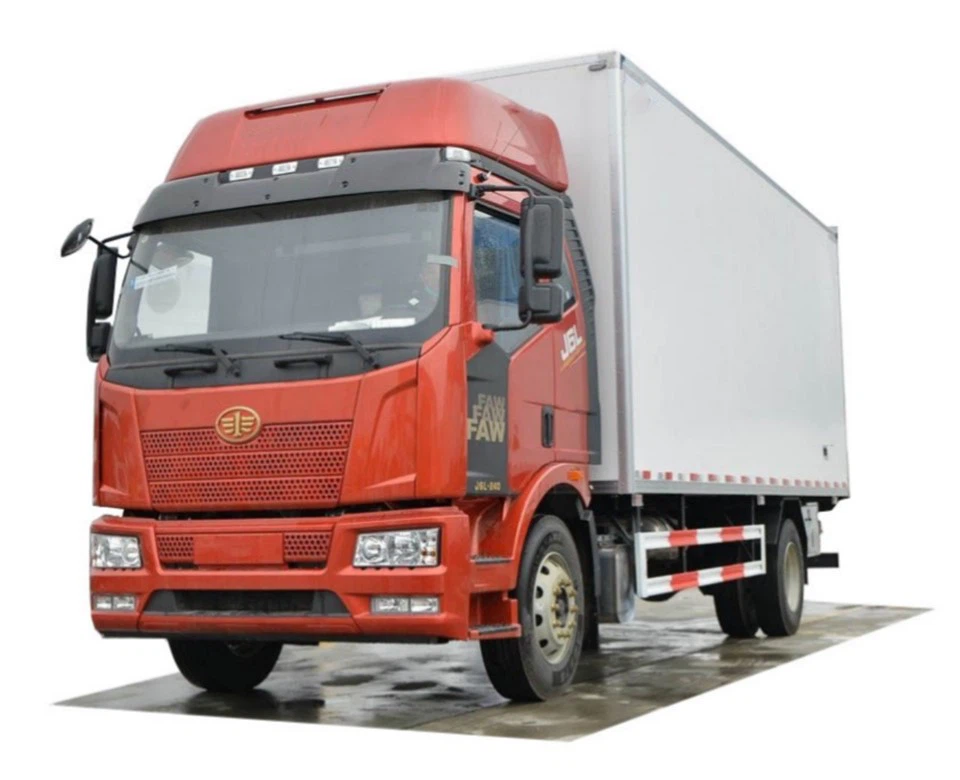Understanding the Challenge: Trucks in the Water

When we think about vehicles designed to traverse rugged terrains and haul heavy loads, trucks come to mind. However, what happens when a truck finds itself in an unexpected scenario, such as being submerged in water? This article explores the various aspects of trucks in the water, covering potential issues, recovery methods, and preventive measures. Read on to discover how you can deal with this scenario effectively.
1. The Importance of Understanding Trucks in Water
Understanding how trucks behave when they encounter water is crucial, especially for those who frequently venture into off-road terrains or work in flood-prone areas. By recognizing the risks and challenges associated with trucks in water, drivers can take informed decisions, mitigate risks, and enhance safety.
1.1 The Risks Involved
Trucks are not designed to operate in water, and being submerged can pose significant risks, including:
- Engine Damage: Water can infiltrate the engine and cause hydraulic lock.
- Electrical Issues: Water can damage electronic components and wiring.
- Structural Integrity: Prolonged exposure to water can corrode metal parts.
2. Causes of Trucks Ending Up in Water
A truck may end up in water due to various unforeseen circumstances. Some of the common causes include:
2.1 Flooding
In regions prone to heavy rainfall, flooding can occur quickly, submerging roads and vehicles.
2.2 Off-Road Adventures
Adventurous off-roading can lead to unforeseen challenges, with rivers or lakes unexpectedly encountered.
2.3 Mechanical Failures
Mechanical failures, such as brake or steering issues, can result in loss of control, steering drivers into water bodies.
2.3.1 Preventive Measures against Mechanical Issues
- Regular maintenance checks
- Inspection of brakes and tires
- Monitoring for warning lights
3. Identifying When a Truck is in Water
Recognizing that a truck has entered water can be straightforward or complicated depending on the conditions. Here are a few indicators:
3.1 Visual Indicators
- Water level above the tires
- Water entering the cabin
- Signs of floating debris
3.2 Performance Changes
Drivers may notice performance changes, including:
- Sluggish acceleration
- Unusual engine sounds
- Loss of braking power
4. Consequences of a Truck Being Submerged
The consequences of a truck being submerged can range from minor inconveniences to significant damage. Understanding these consequences helps in making informed decisions.
4.1 Short-Term Consequences

- Inability to drive the truck
- Potential damage to the interior
- Immediate electrical failures
4.2 Long-Term Consequences
- Corrosion of metal components
- Persistent mechanical failures
- Increased repair costs
5. Steps to Take When a Truck is in Water
In the unfortunate event that a truck ends up in water, there are critical steps to take for safety and recovery:
5.1 Assessing the Situation
Before acting, assess the situation from a safe distance. Factors to consider include:
- Depth of the water
- Strength of the current
- Environmental conditions
5.2 Contacting Emergency Services
If conditions seem hazardous, it is wise to contact emergency services rather than attempting a risky recovery.

5.3 Recovering the Truck Safely
If conditions allow, safely attempt to recover the vehicle using the following equipment:
- Winch
- Tow straps
- A jacking system
5.3.1 Example Recovery Scenario
Imagine you are off-roading with friends when your truck gets stuck in a creek. Using a winch attached to a sturdy tree, you can slowly pull the truck free while maintaining safety by staying clear of the vehicle’s path.
6. Post-Recovery Actions
Once the truck is out of the water, it’s important to take specific actions to prevent further damage:
6.1 Inspect the Truck Thoroughly
Check all areas of the truck for signs of water intrusion:
- Engine Bay: Look for signs of water in the air intake.
- Electrical Components: Check for water in connectors.
- Interior: Examine upholstery and flooring for water damage.
6.2 Clean and Dry
Drying the truck is essential to minimize corrosion. Utilize the following methods:
- Use towels to remove water from the interior.
- Leave windows open on a dry day.
- Consider using a dehumidifier.
6.3 Professional Inspection
Consider taking the truck to a professional mechanic to conduct a thorough inspection and perform necessary repairs.
7. Preventive Measures to Avoid Trucks in Water Situations
Preventing a truck from ending up in the water involves understanding risks and planning ahead. Here are some tips:
7.1 Route Planning
Choose routes wisely, avoiding areas known for flooding or deep water crossings. Use the following considerations:
- Check weather forecasts.
- Research local terrain and road conditions.
- Consult maps for potential hazards.
7.2 Safety Equipment
Equip your truck with various safety items, including:
- Lifesaver tools (e.g., rope, emergency kit)
- Waterproof storage containers
- Tire repair kits
8. FAQ Section
8.1 What should I do if my truck is stuck in water?
First, assess the situation for safety. If possible, exit the vehicle and avoid deep waters. If conditions allow, try a safe recovery method or call emergency services.
8.2 How do I know if my truck has water damage?
Signs of water damage can include water in the engine, electrical failures, or waterlogged interiors. An inspection by a professional can confirm the extent of the damage.
8.3 Can my truck be repaired after being submerged?
Many trucks can be repaired after being submerged, but the extent of the repair will depend on the duration and depth of the submersion as well as the damage sustained.

8.4 Are there any insurance claims for trucks submerged in water?
Insurance coverage varies by policy. Check with your insurance provider to determine whether you are covered for water damage based on the circumstances.
8.5 How can I prevent water damage in my truck?
Regular maintenance, proper route planning, and equipping your truck with necessary safety gear can help prevent water-related issues.
8.6 What are the signs of a truck experiencing mechanical failure in water?
Indicators include a sluggish acceleration, unusual sounds from the engine, and loss of steering or braking power.
9. Conclusion: Being Prepared for Unexpected Water Encounters
Knowing how to deal with the prospect of a truck in the water is crucial. With proper preparation, awareness, and a clear understanding of the risks involved, drivers can save themselves from significant costs and issues. Always prioritize personal safety and the integrity of your vehicle to navigate these challenging situations effectively.
